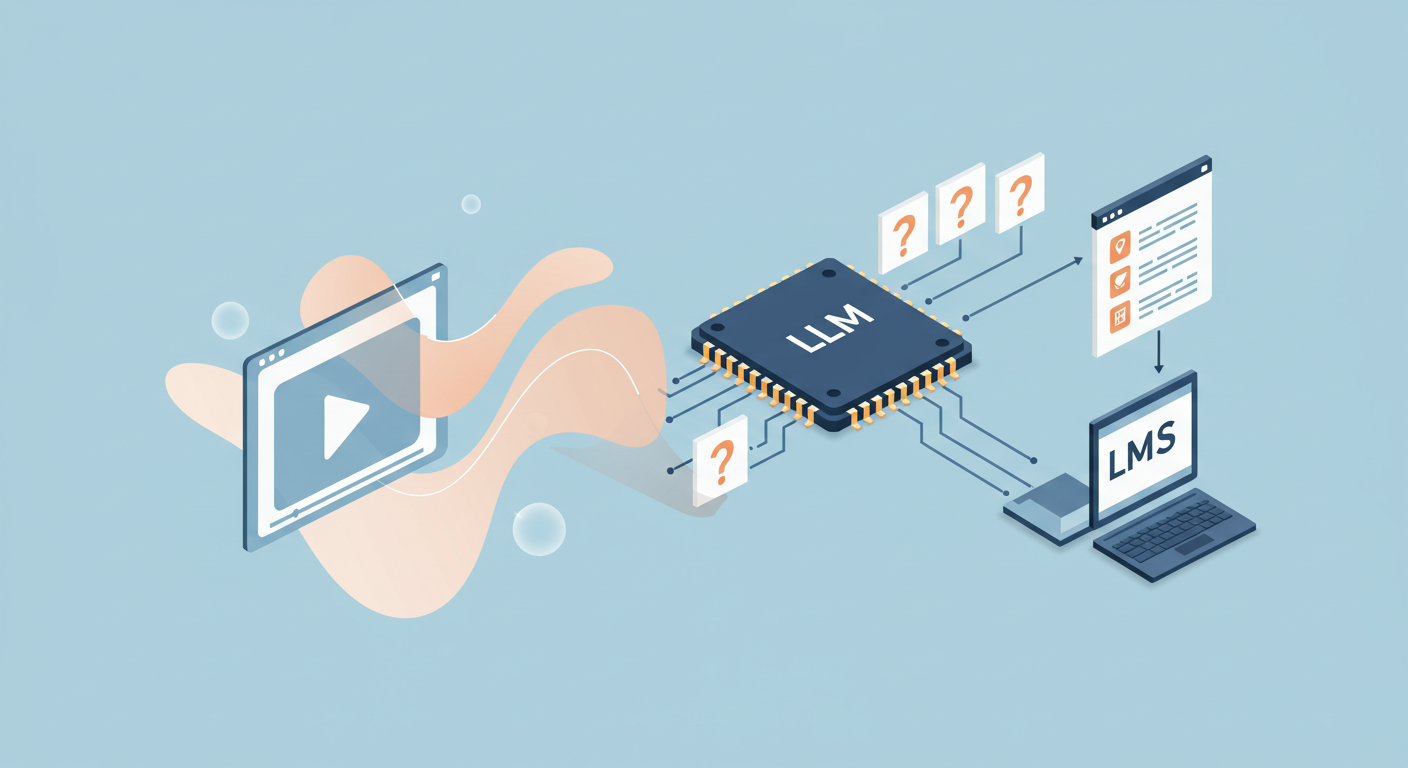
Advancing Accessibility in Sakai: JAWS and drag-and-drop
Advancing Accessibility in Sakai: Inspired by Expert Guidance and Real-World Testing
Advancing Accessibility in Sakai: JAWS and drag-and-drop
Ensuring digital experiences are accessible to all users is a core value for the Sakai community. We are continuously working to improve the accessibility of the platform, and a crucial part of this effort involves learning from experts and rigorously testing with assistive technologies. A recent article from TPGi, titled “Event handling in JAWS and NVDA”, has provided valuable insights that are already influencing our development practices. This piece offers a deep dive into the complexities of how screen readers like JAWS and NVDA interact with web content, particularly concerning JavaScript event handling.
The TPGi article sheds light on the nuances of screen reader interaction modes, such as virtual cursor mode and forms mode, and how these modes affect the events that are registered by the browser. Understanding these differences is critical for developers aiming to create web applications that are not just technically compliant, but genuinely usable by individuals who rely on screen readers. For instance, the article details how a button press might fire mouse events in virtual cursor mode, a behavior that developers might not intuitively expect. This level of detailed explanation helps bridge the gap between development assumptions and the real-world experience of screen reader users.
Inspired by such expert guidance, the Sakai project continues its commitment to accessibility. This isn’t just about meeting standards; it’s about ensuring a truly inclusive learning environment. Our developers are increasingly focused on not only implementing ARIA (Accessible Rich Internet Applications) best practices but also on conducting real-world testing with tools like JAWS. This hands-on approach allows us to identify and address usability issues that might not be apparent from automated checks alone. For example, recent updates have focused on refining keyboard navigation and ensuring that interactive elements provide clear feedback to screen readers, addressing how event handlers communicate changes to assistive technologies.
A practical example of this dedication can be seen in recent commits to Sakai’s Gradebook tool. Several updates have been directly informed by the principles discussed in the TPGi article and similar accessibility resources. These changes often involve meticulous adjustments to event handling, ARIA attributes, and focus management to ensure that interactions are correctly interpreted and announced by screen readers like JAWS. By applying this knowledge and prioritizing testing with leading screen readers, we are actively working to enhance the user experience for everyone in the Sakai community, reaffirming our dedication to providing an accessible and robust platform for teaching and learning.



